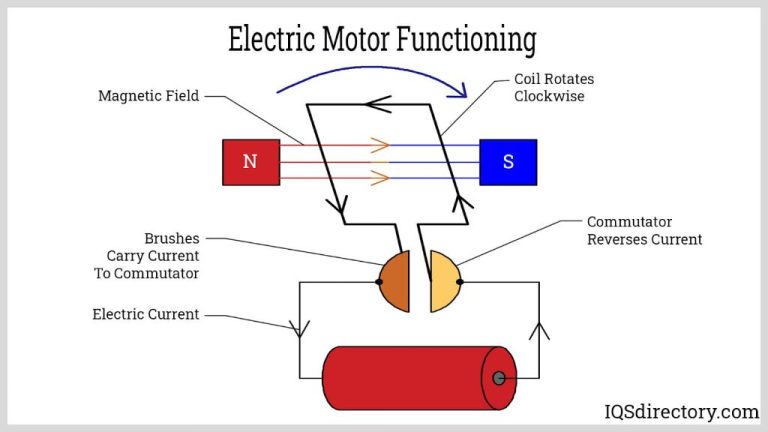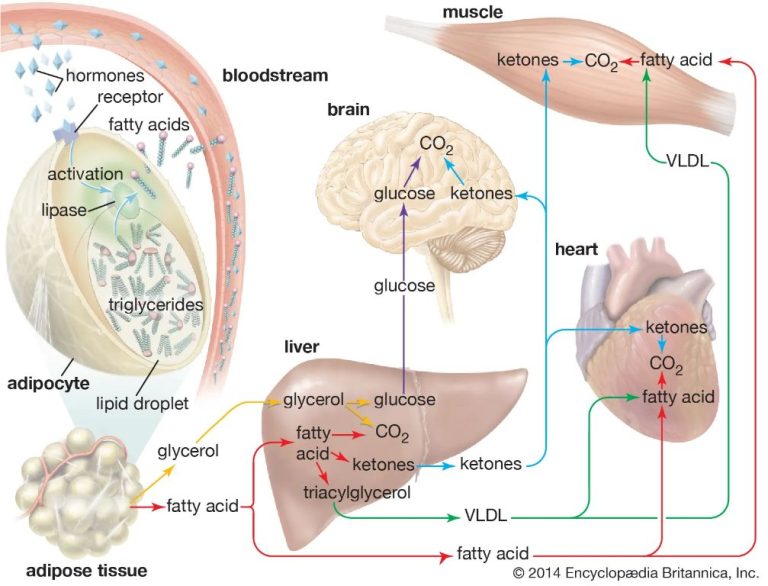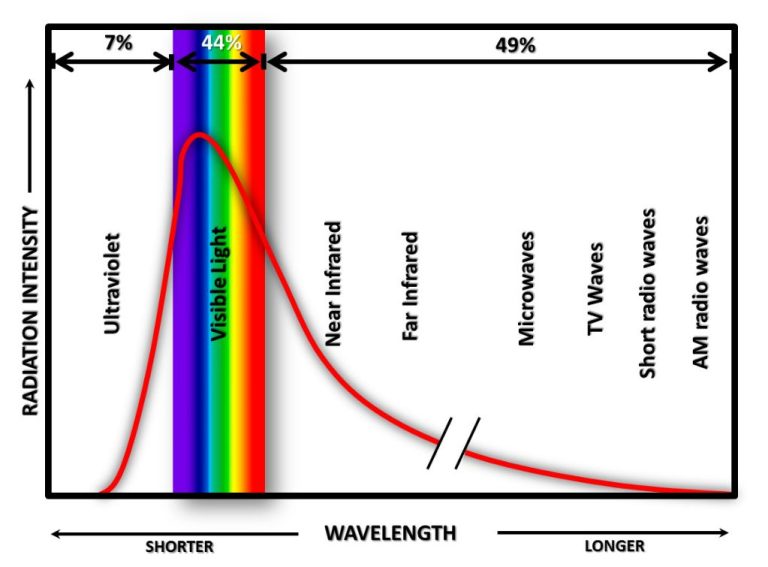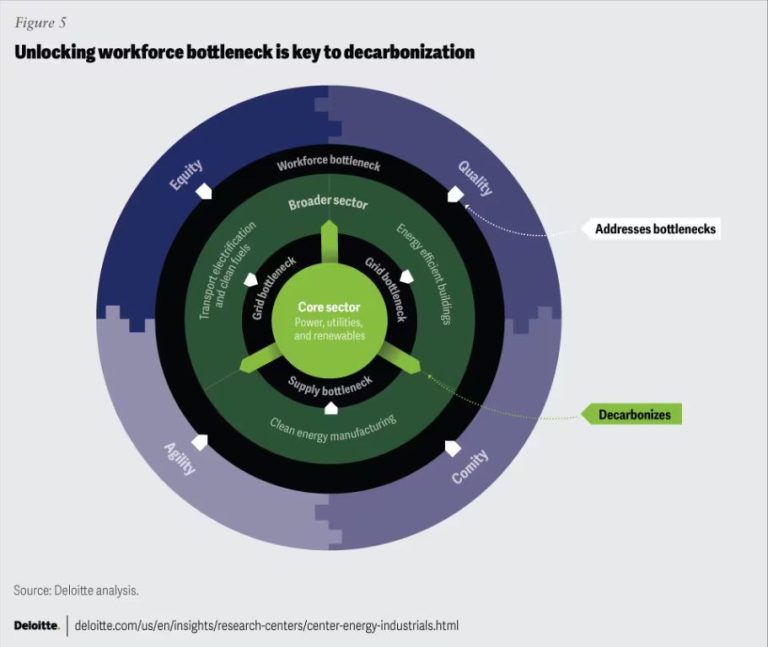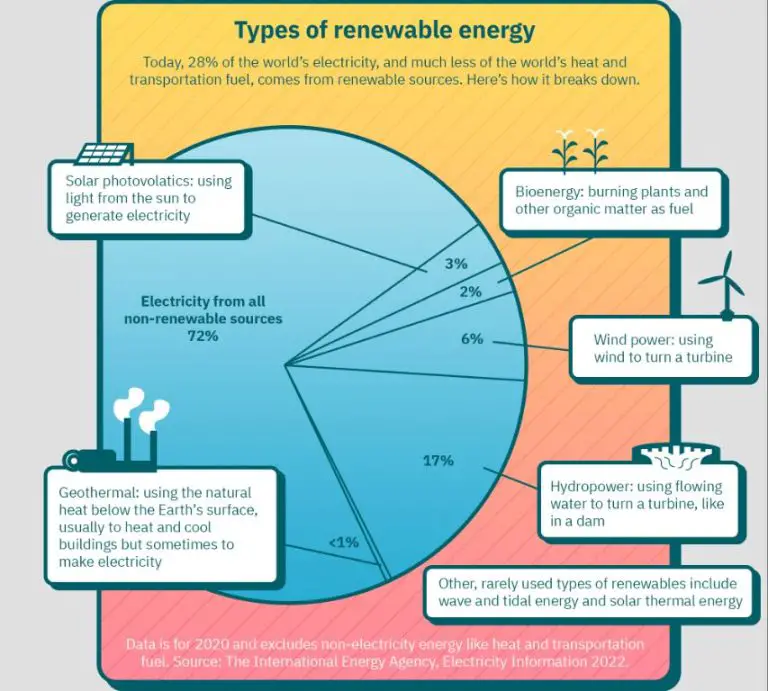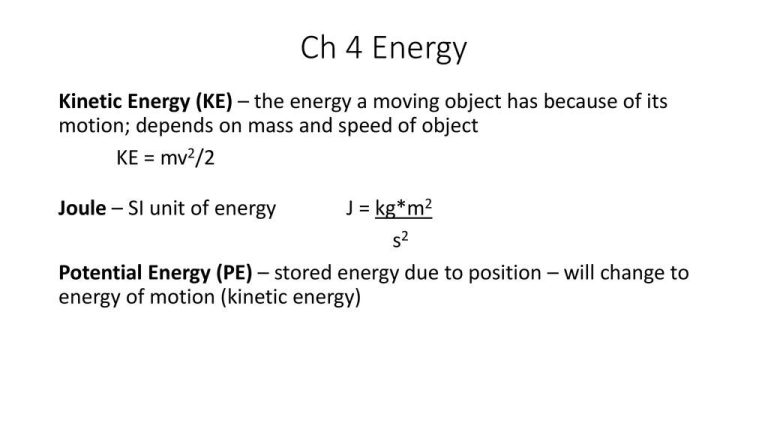Is 100% Renewable Energy Possible
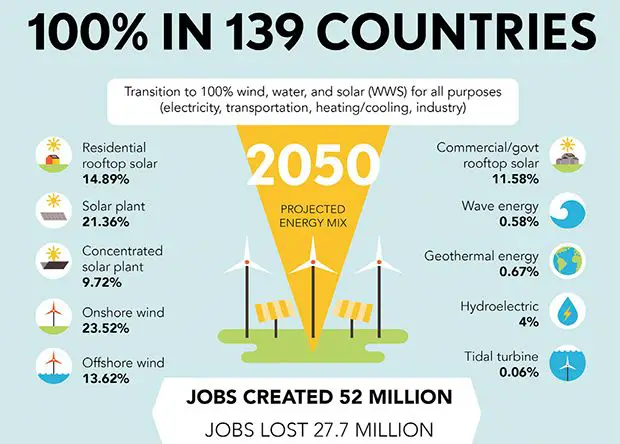
Achieving 100% renewable energy means relying entirely on clean energy sources like solar, wind, hydropower, geothermal, and biomass for all of the world’s energy needs. This includes electricity, transportation, heating, cooking, and industrial uses. The goal of 100% renewable energy is driven by the need to tackle climate change and reduce greenhouse gas emissions from burning fossil fuels like coal, oil, and natural gas.
Pursuing 100% renewable energy is crucial for maintaining a stable climate and environment. The latest climate science indicates humanity must reach net zero carbon emissions by 2050 to avoid the worst impacts of climate change. Since the energy sector produces around 75% of the world’s emissions, transitioning fully to renewables is one of the most important steps on the path to net zero.
Current Sources of Energy
The United States gets energy from a variety of sources. According to the U.S. Energy Information Administration, in 2021 about 80% of U.S. energy came from fossil fuels like petroleum, natural gas, and coal. Nearly all (93%) of the energy used for transportation comes from petroleum. About 40% of the nation’s electricity is fueled by coal and natural gas. 1
About 20% of U.S. electricity comes from nuclear energy from around 90 nuclear reactors in 28 states. Nuclear provides over half of the electricity in some states like Illinois and New Jersey. 2
Renewable energy sources like hydropower, wind, solar, and geothermal provide about 12% of U.S. energy needs. Hydropower generates around 6% of U.S. electricity. Wind energy has grown rapidly to provide over 8% of electricity generation. Solar energy provides about 3% of electricity supply. Geothermal energy accounts for 0.4% of energy use. 3
Challenges of 100% Renewable Energy
While renewable energy has seen enormous growth recently, there are still significant challenges to reaching 100% renewable energy grids and systems. One major challenge is the intermittent nature of wind and solar power. The sun does not always shine and the wind does not always blow when energy is needed most. This requires developing large-scale energy storage solutions, like batteries or pumped hydro, to store excess renewable energy for when it is needed (Source).
Another challenge is updating transmission infrastructure to handle the increase in renewable energy and smooth variability across grids. Existing infrastructure was designed for centralized fossil fuel generation, not distributed renewable sources. Significant investment in transmission lines, smart grids, and interconnectivity is needed (Source).
There are also continued cost challenges. While solar and wind costs have come down dramatically, they often still require subsidies and incentives to compete with fossil fuels. Reaching 100% renewable energy requires driving costs down even further through technological improvements and economies of scale. There are also integration costs with upgrading grids, storage, and transmission (Source).
Examples of Progress
Across the world, there are encouraging examples of progress towards 100% renewable energy. Several countries and territories have already achieved very high shares of renewables in their electricity mix, including Iceland (100%), Norway (98%), Uruguay (95%), Costa Rica (99%), and Paraguay (90%). In many cases, strong political commitment through legislation and policy has enabled this transition.
Some states and cities have also made remarkable strides, like South Australia which now meets over 60% of its electricity demand from wind and solar. Major cities like Vancouver and San Francisco have committed to 100% renewable electricity by 2030 and 2025 respectively. Over 280 cities worldwide have joined the 100% renewable energy movement.
On the corporate front, hundreds of major companies have pledged to power their operations entirely with renewables, including Google, Apple, and Amazon. Nearly half of Fortune 500 companies have renewable energy or sustainability targets. Cooperative community solar and wind projects are also surging in places like Minnesota and Colorado, allowing citizens to play an active role.
Role of Energy Efficiency
Reducing energy waste is critical if we want to transition to 100% renewable energy. By conserving energy and making our homes, buildings, and appliances more efficient, we lower overall energy demand. That means we don’t have to produce as much renewable electricity, heat, and fuel to power our lives and the economy.
Stronger building codes that mandate greater efficiency for new construction play an important role. Things like insulation, energy-efficient windows and doors, LED lighting, and ‘smart’ heating and cooling systems can drastically cut the energy needs of homes and commercial buildings.
Upgrading appliances, electronics, and machinery to more efficient models also reduces energy waste. Government standards have driven gains, but manufacturers can still improve the efficiency of their products. As efficient tech becomes even cheaper, that makes it more accessible.
Emerging Technologies
Advances in energy storage technologies are critical for enabling higher penetrations of renewable energy. Energy storage helps smooth out the intermittent supply of renewables like wind and solar. Promising storage technologies include batteries, pumped hydro storage, and compressed air energy storage.
Lithium-ion batteries have become much cheaper over the last decade, making them viable for large-scale energy storage. However, research continues into new battery chemistries and advancements to improve performance and lower costs further (NYSERDA).
Pumped hydro storage accounts for over 90% of utility-scale energy storage worldwide. This involves pumping water uphill to a reservoir and later releasing it through hydroelectric turbines when electricity is needed. Compressed air energy storage is another large-scale storage option that compresses air in an underground cavern.
Smart grids utilize advanced sensors, communications, and data analytics to improve the efficiency and reliability of electricity delivery. Smart grids allow better integration of renewables through capabilities like forecasting renewable generation, adjusting demand, and routing power flows. Microgrids are self-contained local energy systems that can disconnect from the main grid and operate autonomously. They provide resilience and flexibility to manage renewables.
Role of Policy
Government policies at the local, national and international level can play a pivotal role in enabling or accelerating the transition to 100% renewable energy. Policymakers have several powerful tools at their disposal:
Subsidies and Tax Credits for Renewables
Many governments provide subsidies, grants or tax credits to support renewable energy projects and spur private investment. These help overcome cost barriers for emerging technologies and allow renewables to better compete with heavily subsidized fossil fuels.
Carbon Pricing
Putting a price on carbon emissions through carbon taxes or cap-and-trade systems accounts for the negative externalities of fossil fuels and levels the playing field. It provides a financial incentive for utilities, businesses and individuals to shift to clean energy.
Phase Out Fossil Fuel Subsidies
Eliminating subsidies for fossil fuel production and consumption will further improve the competitiveness of renewables both locally and globally. Phasing out support for coal, oil and gas can free up government resources to invest in renewable energy and efficiency.
Public Opinion
Public opinion polls show strong support among Americans for expanding renewable energy production and use. A 2016 Pew Research Center survey found that 89% of U.S. adults favor more solar panel farms, while 83% support more wind turbine farms [1]. Majorities also favor more offshore drilling (59%) and hydraulic fracturing (51%), but support is lower for expanding fossil fuel production. At the same time, the public is divided over whether to give priority to developing alternative energy sources (50%) or expanding production of fossil fuel sources like oil, gas and coal (44%) [2].
Grassroots movements calling for a transition to 100% renewable energy have emerged around the world. For example, more than 100 cities, districts and counties across the U.S. have committed to 100% renewable energy goals. Activists pressure governments and utilities to phase out fossil fuels and rapidly expand clean energy. However, some critics argue an immediate 100% renewable energy target is unrealistic and could jeopardize reliability.
Projections and Forecasts
Expert predictions have shifted in recent years on the feasibility of transitioning to 100% renewable energy. While many experts previously believed it would not be possible to fully transition away from fossil fuels, advancements in renewable energy technology and rapidly falling costs have changed projections.
Most experts now agree that reaching 100% renewable energy is possible in countries with access to a diverse mix of renewable resources and the political will to transition. Exact timelines remain debated, but many project it may be feasible by 2050 or earlier in some regions. This depends on accelerating the phaseout of fossil fuels and continued innovation and deployment of renewables.
According to projections by the International Renewable Energy Agency, achieving 100% renewables globally is possible by 2050 if renewable capacity is ramped up rapidly. Regional shifts could happen faster – modeling suggests the U.S. could reach 80% by 2030 and 100% by 2050 with the right policies in place. Ambitious countries like Denmark aim to reach 100% renewables sooner, by 2040.
While challenges remain, recent gains in renewable energy technology paired with strong climate policies mean 100% renewable energy is now within reach. Most experts agree it’s no longer a question of if, but how soon the global economy can transition.
Conclusion
In summary, transitioning to 100% renewable energy presents both major challenges and exciting potential. The intermittent nature of renewables, need for storage solutions, and replacing existing infrastructure pose obstacles. However, through continued innovation, policy support, individual actions, and a society-wide commitment, hitting 100% renewable energy could be within reach.
While large-scale changes are needed, individuals can also play a role by conserving energy, choosing clean power, and advocating for impactful policies. Together through mindset shifts and grassroots efforts, the vision of 100% clean energy may transition from idea to reality.
More research, investment, and global cooperation are still required. But with the right strategies and political will, as well as public enthusiasm, a 100% renewable future could be possible. The time for action is now.

